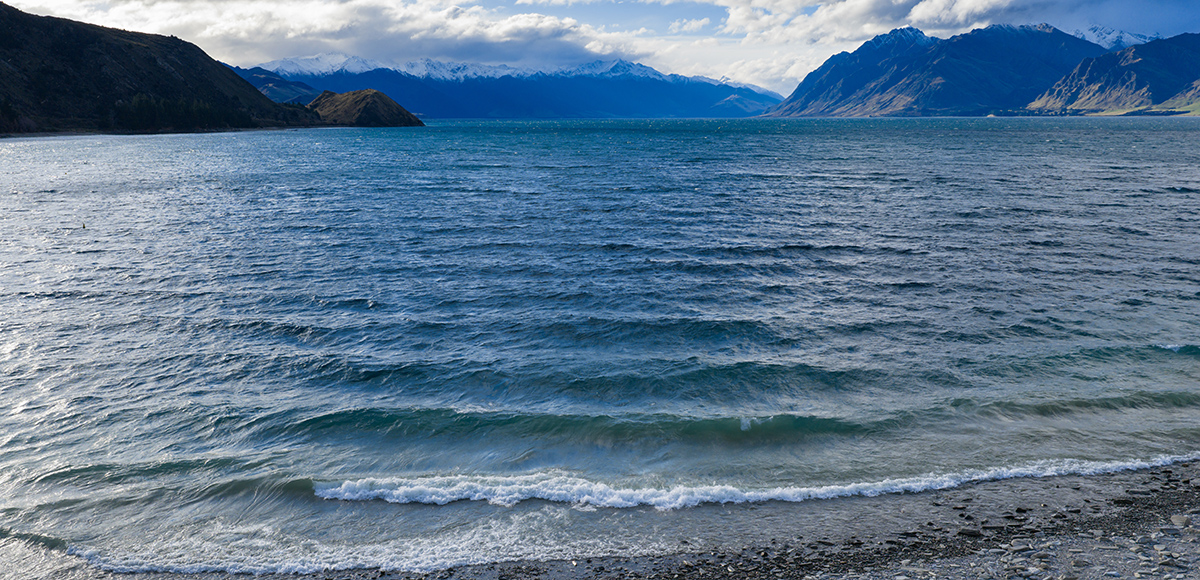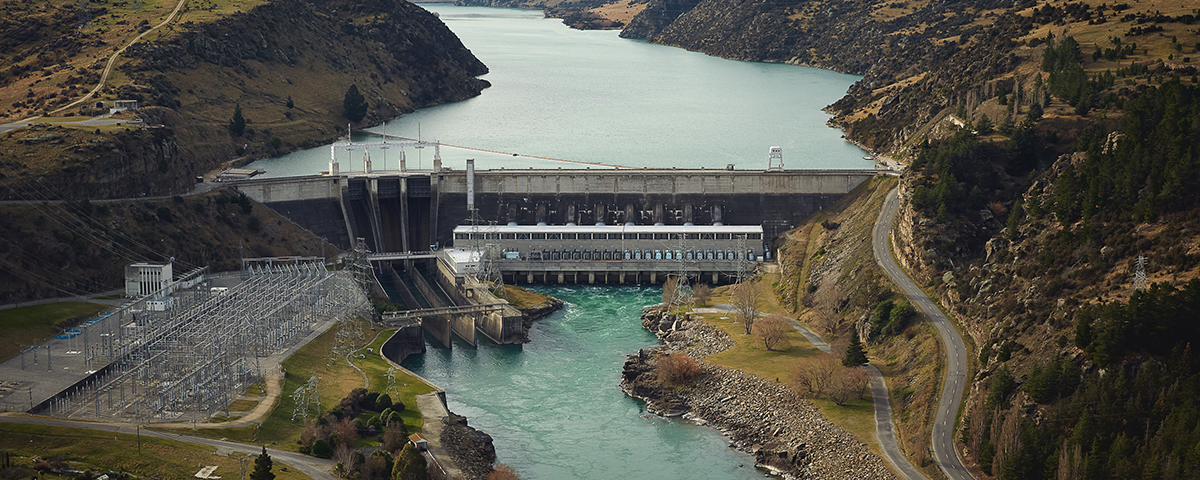New Zealand is facing three big energy challenges:
We're working on several projects to improve the efficiency of our hydro power stations. By making the most of our existing assets, we're helping to keep New Zealand's energy supply reliable and secure.

What’s being considered
We’re looking at how the Clutha Mata-au hydro scheme works to help make sure there’s plenty of electricity for every New Zealander, especially during winter when demand is highest.
We’re exploring two options:

More information here (Download PDF).
The process
We are applying to the Government to use the Fast-track Approvals Act (2024) process to change how the Clutha Mata-au hydro scheme operates. There is no set timeframe for when a decision will be made on the referral, but we anticipate it may take around three months. If the referral is accepted, Contact would have up to two years to prepare a full application.
Should the proposed project proceed to the next stage, we will undertake a comprehensive assessment of potential environmental and community impacts. We are committed to engaging with local communities and key stakeholders as part of any further application.
You can learn more about the Fast-track Application process here (Download PDF).

What is contingent storage?
Contingent storage involves lowering a lake level beyond normal operations to access additional water when needed. It’s only to be used in emergencies – such as if New Zealand is facing a serious electricity shortage – and only as a last resort, after other fuel sources like coal and gas have already been used. Think of it like an insurance policy to help keep the lights on during extreme situations.
You can learn more here (Download PDF).

We’re investing over $30 million in the first-ever turbine upgrade at the Roxburgh hydroelectric dam. This major enhancement will boost the dam’s efficiency and increase its average annual electricity generation by 44 gigawatt hours (GWh). That means more clean, renewable energy to power Kiwi homes.
Between 2024 and 2026, four of the station’s eight existing turbines will be replaced with new, high-efficiency models. These upgraded turbines will generate more electricity using the same amount of water, thanks to their improved design. As a result, the station’s overall energy output will increase, and be enough to power an additional 6,000 homes. The first of the four new turbines became operational in January 2025.
The new 28.5-tonne, 3.9m diameter stainless steel turbines were precision-engineered by Voith Hydro, a global leader in hydroelectric technology.
The power station was commissioned between 1956 and 1962 and originally had eight turbines manufactured in Canada by Dominion Turbines.
For independent complaint or pricing advice, click here. UDL & Powerswitch can help.
To read our Residential Consumer Care policy on how we'll keep you safe and connected, click here.